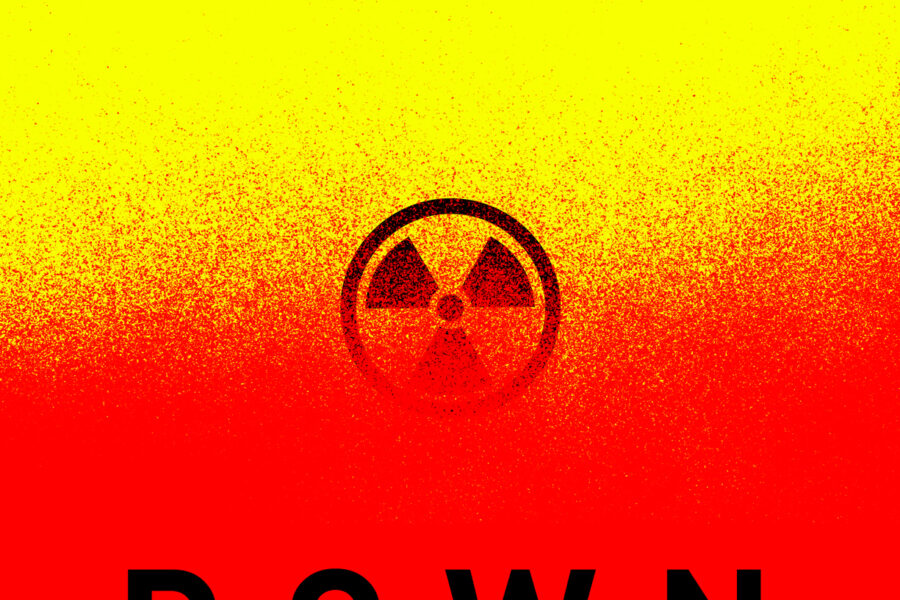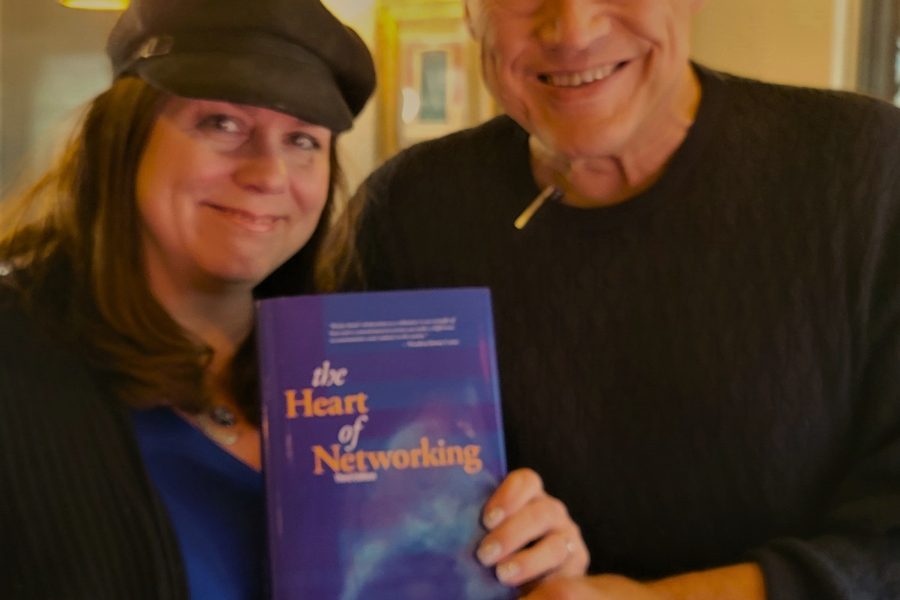The Writing Well’s guest blogger today is Donna Papacosta of Toronto-based Trafalgar Communications. A social media expert specializing in content marketing, social media, and corporate communications, Donna is active in the International Association of Business Communicators (IABC) and frequently speaks about content curation.
Here, she shares highlights of her time at last month’s IABC World Conference in Chicago and some tips on why content curation is an important tool for communications.
 |
| Donna Papacosta |
At the recent IABC world conference in Chicago, I was gratified to meet so many communicators interested in curation. What’s this hot topic about? Simply stated, curation means finding, selecting, organizing and sharing the best of relevant content.
I believe that most communicators can benefit from curating content. First of all, the act of curation increases your own knowledge as you discover interesting information. Then, sharing this content can help to position you as someone “in the know,” perhaps even a thought leader. If you deal with external audiences, curation can add value to your existing content marketing efforts.
To do it right, try balancing original content with curated content. If you publish only material developed by others, your audience doesn’t get to know your voice. Here are some other best practices:
- Understand your own purpose for curating, and be sure it’s integrated into your overall communications strategy.
- Focus on a niche topic; “communications,” for example, is too broad. Better: “crisis communications in the energy sector.”
- Be sure to follow leaders in your industry via various social media platforms.
- Automate some of your content discovery through Google alerts, Twitter and Google Plus searches and others.
- Pick your curation tools. As a starting point, I recommend http://delicious.com for keeping track of content. You may choose to publish your curated content in a blog, microsite or newsletter, or via Paper.li, Twitter, Facebook, Pinterest or GooglePlus or a combination of these.
- Always attribute content to the original author; don’t steal!
- Share your content freely and make it easy for others to share, using widgets and buttons.
One of your goals as a curator should be to discover and share content that others haven’t yet seen. One of my favorite ways to do this is through Twitter lists. I subscribe to a variety of them that lead me to smart people on Twitter who may not be widely read. To find Twitter lists, check out http://listorious.com.
Another handy tool is http://www.news.me/, which delivers by email the top stories from your Facebook and Twitter contacts. As a communicator, I’m also a fan of http://paper.li, which allows me to publish nice-looking newspaper-like recaps of Twitter and/or Facebook posts based on lists of people or hashtags. For an example, check out the IABC/Toronto Twitter News at http://t.co/BFx2IAbg.
If you’re interested in this topic, you might want to see a video recap of my presentation at the IABC world conference at http://vzaar.tv/1026165
Happy curating!
A quick list of selected curation tools:
• Delicious
• Clipboard
• Pearltrees
• Diigo
• Storify
• Scoop.it
• Paper.li
• Google+ Sparks
• Bundlr
• Magnify.net
• Pinterest
• Curata
• Curation Station
• Scribit
____________________





